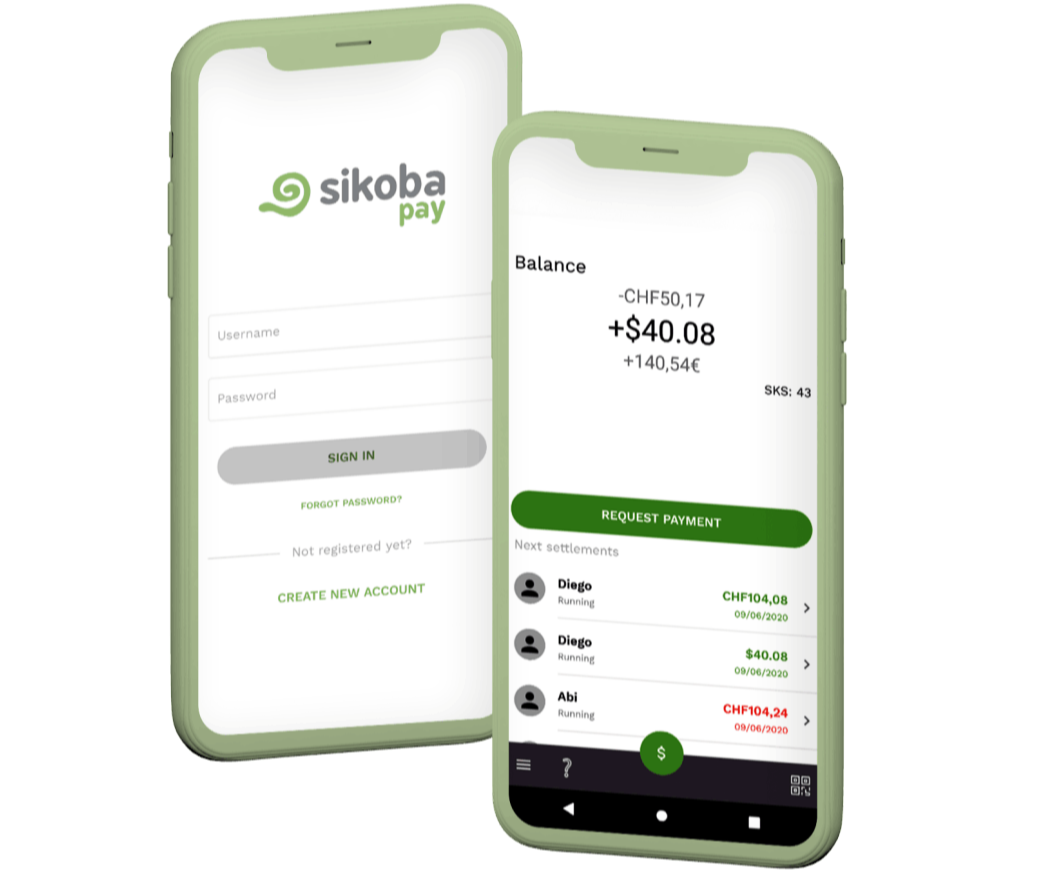
Technology
This site section provides an overview of the technology that stands behind Sikoba.

This site section provides an overview of the technology that stands behind Sikoba.
The Sikoba Network is designed to be a high-performance blockchain application that is ready for mass adoption. It will support millions of users without needing any knowledge of cryptocurrencies.
The Sikoba Network will be accessible via the SikobaPay mobile app, a web interface, and APIs. The network itself will consist of gateways to filter and pre-validate requests and transactions, passive nodes that respond to queries, and consensus nodes that process transactions and ensure a consistent state. Later on, depending on transaction volume, we may also add clearing nodes to the mix.